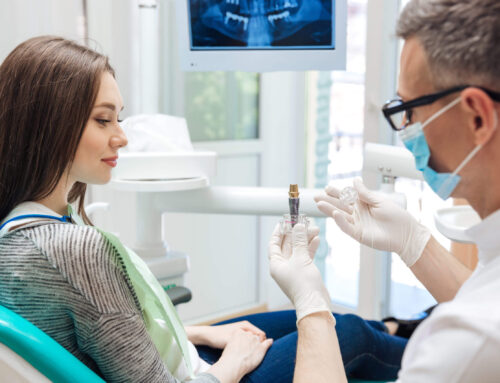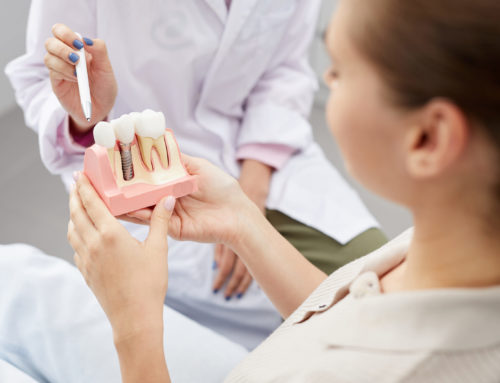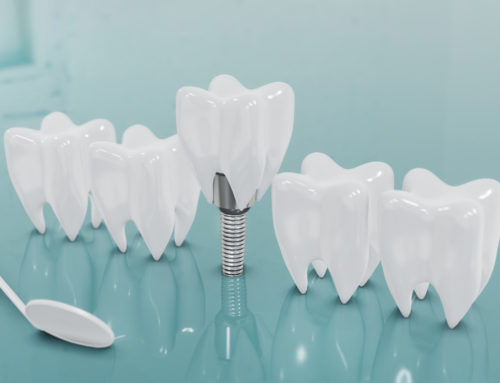Experts regard dental implants as the most effective solution for damaged and missing teeth, and, when in the hands of a trained surgeon, there is a success rate of up to 97%. However, for practitioners who aren’t trained specialists, this rate can decrease significantly. With modern implants, patients can restore their confidence and smiles, as they firmly support surrounding teeth and restore each patient’s ability to chew correctly. Although materials and procedures have changed over time, people have been attempting to replace teeth for thousands of years. In this brief overview, our experienced physicians of Oral & Maxillofacial Surgeons of Houston (OMSH) offer readers the opportunity to learn the history of implants and gather information on the latest technological advancements in the implant field.
The Earliest Implants
Back before the establishment of dentistry, people used a variety of materials to recreate a full smile. One of the earliest examples is over 4000 years old when the ancient Chinese used pegs of bamboo to replace damaged and missing teeth. Moreover, ancient Egyptians used tooth implants made of precious metals and ivory before mummifying the bodies of important people; and the Mayans used shaped shells to replace missing teeth. Surprisingly, these implants were fully functional, as bone had grown around them.
Later Breakthroughs Have Led to the Long-Term Success of Implants
During the latter part of the eighteenth century, scientists and researchers started to experiment with alloy and gold implants, but results were very poor. In 1886, a dentist attempted to mount a porcelain crown to a disc made of platinum, but the implant was not a success. The most critical issue they faced back then was the fact that the body and the bones would almost always reject foreign matter. For dental implants to be successful, the replacement tooth must fully fuse to the jawbone through the process of osseointegration.
In 1952, the osseointegration properties of titanium were accidentally discovered. An orthopedic surgeon attempted to remove a titanium component from a rabbit’s femur during a bone regeneration study. However, the bone had grown so close to the titanium piece that fusion had occurred. By 1962, the first titanium dental implants were tested on human subjects.
Modern Technology
The amount of innovative technology, tools, and techniques that are available today have helped push the dental and oral surgery industry forward at an astronomical rate. These days, patients can get dental implants faster, less invasively, more affordably, and with less recovery time than a few decades before.
OMSH offers a variety of oral and maxillofacial technology options for patients depending on their needs. Patients can learn about our latest advancements in computer-guided implant placement, cone beam CT, minimally invasive CO2 Laser care, and 3D Diagnostic Imaging.
At OMSH, we also provide Teeth-In-A-Day and All-on-4 implant options that are the perfect choice for those who want new teeth faster. Also, regardless of needing single or multiple replacements, tooth extractions, or reconstructive surgery, our oral surgery team of professionals is ready to consult with you and help determine which procedure options are best.
For more information on dental implant costs, or to schedule a consultation, call us today at (832) 509-4505.




